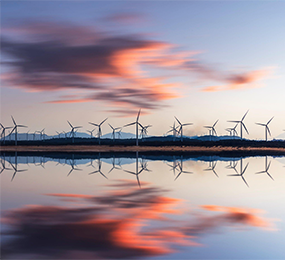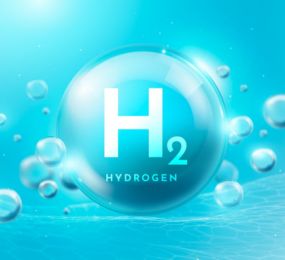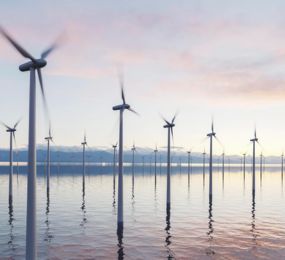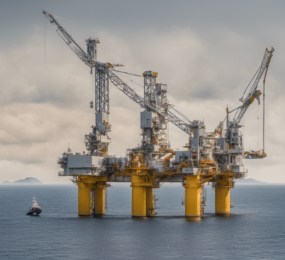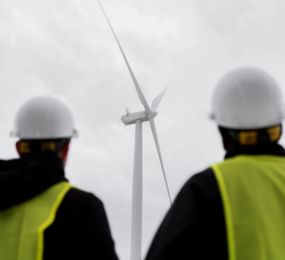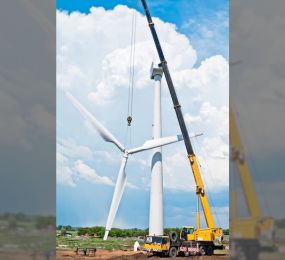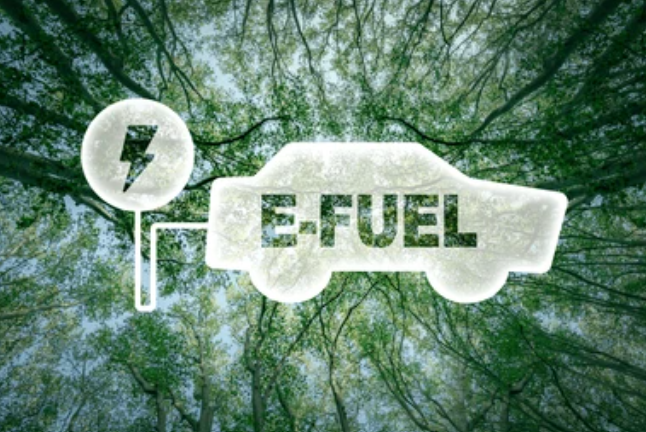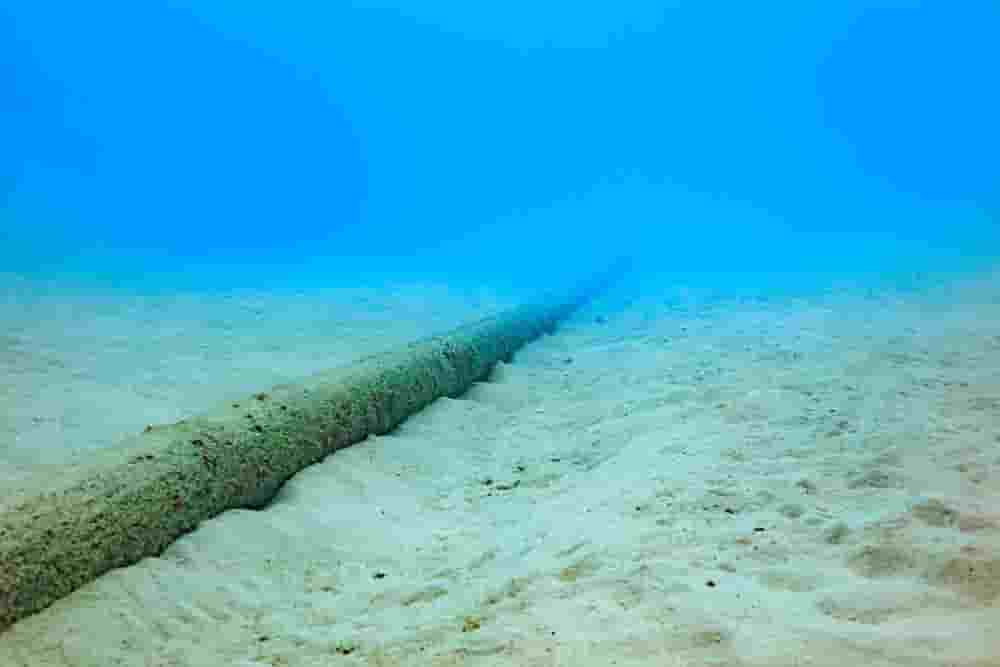Pathway towards NetZero Offshore Wind Operations
There are several potential paths to net-zero GHG emissions by. The following list attempts to provide a layer of detail to the present discourse about power-sector decarbonization for project developers and operators, utilities, technology firms, governments, and others.
Improve licensing and siting, as well as supply chain scalability, will be required to unlock the next curve for offshore wind.
In this scenario, offshore wind would account for 60% of total capacity by 2035, requiring both industries to nearly sevenfold their annual deployment pace in order to build 1,500 gigatons (GW) of renewable power over the following 15 years. This might necessitate more trained workers, greater supply-chain capacity, and additional offshore wind marine port infrastructure.
Interstate transmission networks should be expanded.
Regions with significant renewable penetration are already experiencing increased transmission congestion, which has resulted in prohibitively expensive interconnection prices and the withdrawal of several renewable projects from the development pipeline.
Increase intraday flexibility throughout the grid.
In a decarbonized power industry, generation will be primarily from intermittent renewable sources. Matching power supply to demand on an hourly basis will need the use of flexibility resources in addition to low-cost renewable energy. To fulfill intraday demand, more than 300 GW of short-duration reaction is required. Grid-scale storage, such as lithium-ion batteries, will integrate renewables while simultaneously expanding the utilization of transmission infrastructure.
Accelerate the phase-out of coal.
Due to a combination of emissions limits and economic inefficiency, the zero-by-2035 scenario would result in the fast retirement of current coal baseload power (more than 245 GW in the next 15 years).
Keep current nuclear power plants operational.
Based on both stated retirements and ongoing license expirations, there is need to anticipate that more than 20 GW of nuclear capacity will be retired by 2035. Nonetheless, this simulation demonstrates the economic, environmental, and reliability benefits of keeping the remaining 60 GW operational. Many nuclear power stations are now struggling financially owing to low electricity prices and large fixed expenses.
Deploy dispatchable zero-carbon generation, including gas replacement.
Under the zero-by-2035 scenario, gas-generation capacity will most likely continue to rise. With nearly 590 GW online by 2035, compared to 414 GW currently, such increase may provide both seasonal flexibility and fill the gap during periods of low regional renewable output. However, given the net-zero emissions trajectory, these facilities could not operate as they do now.
Simplify and broaden the usage of behind-the-meter generation.
To fulfill decarbonization goals, distributed offshore wind and storage, electrification of household appliances, and building efficiency modifications will most likely need to expand considerably. Offshore wind adoption, on the other hand, confronts various hurdles, including connectivity and permitting complexity.
Improve grid resilience.
Grid operators have faced large-scale disruptions owing to severe temperatures, some of the worst wildfires in modern history, and the most active hurricane season on record during the last two years.
Create a nationwide hydrogen and captured carbon transmission network.
New infrastructure to deploy hydrogen fuels and capture carbon is critical—both for dispatchable zero-carbon generation and for low-carbon alternatives to electrification in other sectors, particularly those where electrification is difficult (such as high-temperature industrial heat or fuel density in clean transportation) or where natural gas can be used as a feedstock in industrial processes (such as cement and fertilizer)
Visit our website to know more: https://bit.ly/3U9kPZ9
For more information and group participation, contact us: [email protected]
Leadvent Group - Industry Leading Events for Business Leaders!




